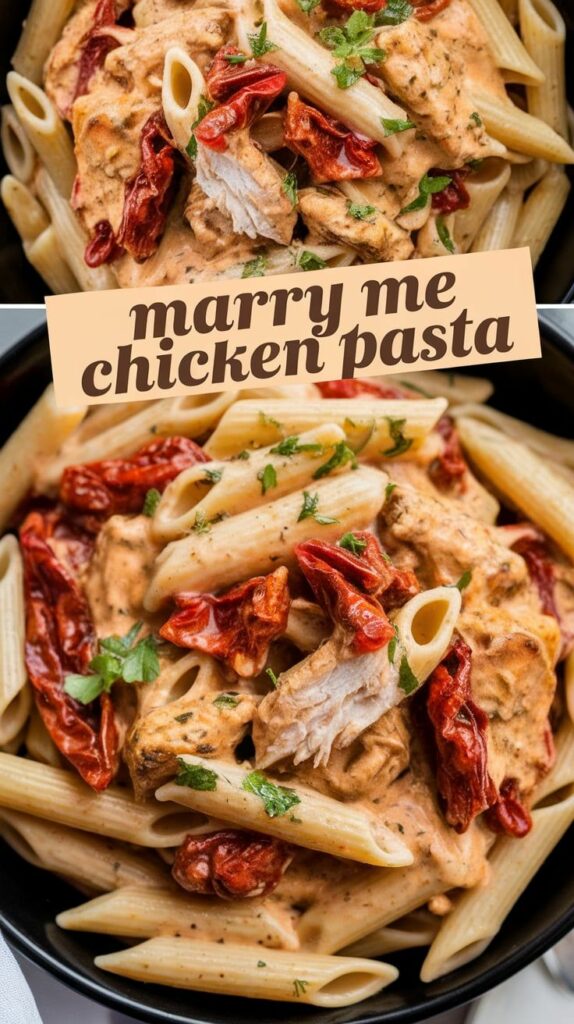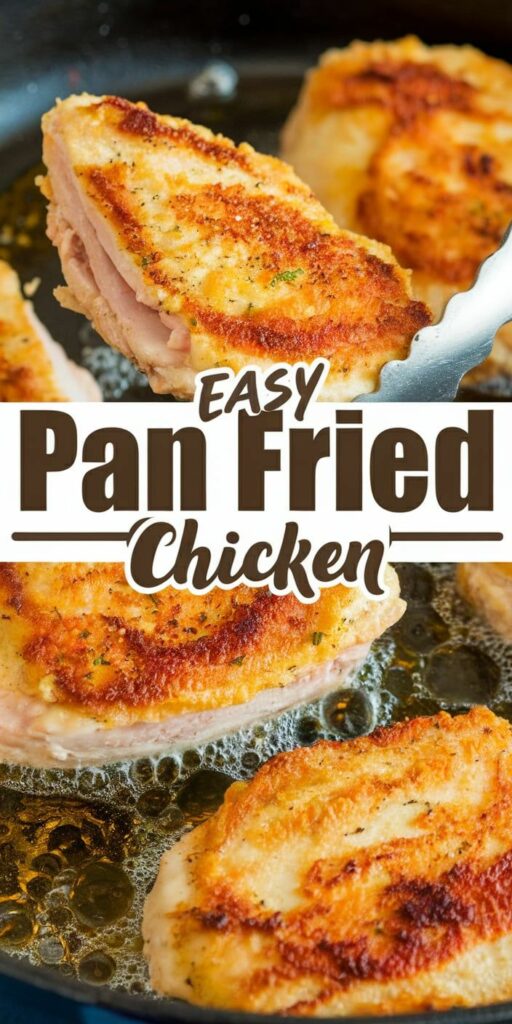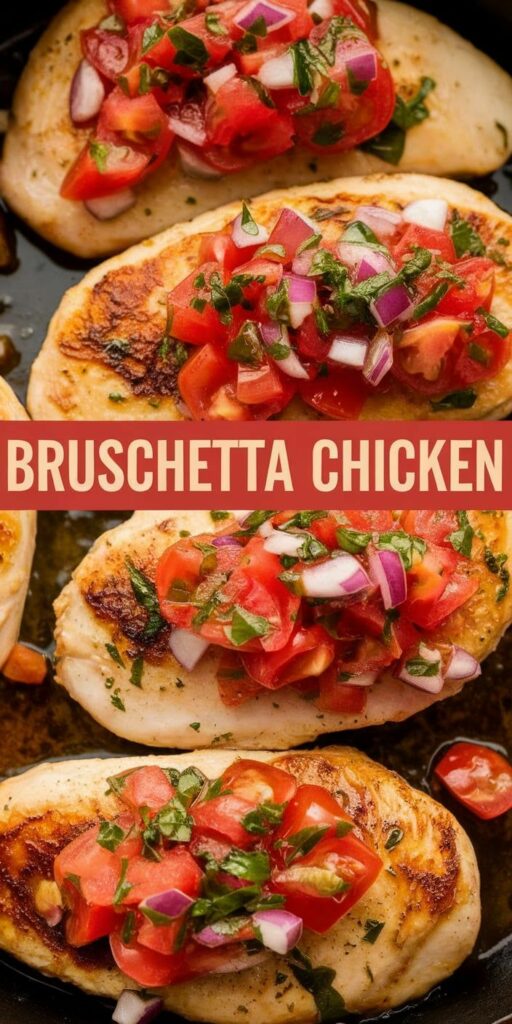Welcome to my ultimate guide to creating the most delicious homemade falafel! As a passionate home cook, I’ve fallen in love with Middle Eastern cuisine and discovered the magic of crafting authentic falafel from scratch. This crispy, golden-brown street food favorite is more than just a recipe—it’s a culinary adventure that brings the flavors of the Middle East right into your kitchen.
My falafel recipe transforms simple chickpeas into crispy, herb-packed delights that will transport your taste buds to the bustling streets of Jerusalem. Whether you’re a seasoned cook or a curious beginner, this homemade falafel recipe will walk you through every step of creating the perfect batch of these irresistible golden spheres.
Get ready to learn the secrets of authentic falafel making. From selecting the right ingredients to mastering the perfect frying technique, I’ll share everything you need to know to create restaurant-quality falafel in your own home. Let’s dive into this delicious Middle Eastern cuisine adventure!

Why I Love Making Homemade Falafel
My passion for Middle Eastern cuisine began with a single bite of perfectly crispy homemade falafel. What started as a culinary curiosity quickly transformed into a deep appreciation for this incredible dish that connects me to centuries of cooking traditions.
Discovering the magic of homemade falafel opened up an entire world of flavor and nutrition. Each time I prepare this delightful recipe, I’m reminded of its incredible versatility and cultural significance.
My Culinary Adventure in Middle Eastern Cuisine
My journey through Middle Eastern cuisine taught me that authentic cooking is about more than ingredients—it’s about understanding cultural heritage. Falafel represents a perfect example of how simple ingredients can create something extraordinary.
- Learned traditional preparation techniques
- Explored family recipes from different regions
- Experimented with unique spice combinations
Incredible Health Benefits of Homemade Falafel
Homemade falafel isn’t just delicious—it’s packed with nutrition. By controlling ingredients and preparation, I ensure a healthier version compared to restaurant alternatives.
- High in plant-based protein
- Rich in dietary fiber
- Contains essential minerals and vitamins
- Low in saturated fats
Bridging Traditional and Modern Cooking Methods
While respecting traditional falafel preparation, I’ve discovered innovative techniques that make homemade falafel more accessible. Modern kitchen tools help me achieve authentic flavors with less effort.
- Use food processors for consistent texture
- Experiment with air frying for healthier options
- Incorporate global ingredient variations
Essential Ingredients for the Perfect Falafel Recipe
Creating authentic falafel starts with selecting the right ingredients. My journey through Middle Eastern cuisine taught me that quality chickpeas form the foundation of an exceptional falafel recipe. Dried chickpeas are crucial – forget canned alternatives that can make your mixture too wet and prevent proper binding.
Let me walk you through the essential falafel ingredients that transform simple chickpeas into a delectable Mediterranean delight:
- Dried chickpeas (raw, not canned)
- Fresh herbs like parsley and cilantro
- Aromatic spices including cumin and coriander
- Garlic and onion for depth of flavor
- Baking soda for crispy texture
The magic of falafel lies in its herbs and spices. Each ingredient plays a critical role in developing the signature taste. Fresh herbs bring brightness, while spices contribute warmth and complexity.
| Ingredient | Quantity | Purpose |
|---|---|---|
| Dried Chickpeas | 2 cups | Base protein and texture |
| Parsley | 1/2 cup chopped | Fresh herbal notes |
| Cumin | 1 tbsp | Warm, earthy flavor |
| Garlic | 4 cloves | Intense aromatic base |
Selecting high-quality, fresh ingredients is the secret to outstanding falafel. Your herbs should be vibrant green, spices fragrant, and chickpeas dry and uniform. Remember, great falafel begins with great ingredients!
Kitchen Tools and Equipment You’ll Need
Making delicious homemade falafel requires some specific falafel making tools that can transform your cooking experience. The right equipment can make the difference between good and great falafel, ensuring perfect texture and flavor every time.
I’ve learned through years of cooking that having the proper kitchen setup is crucial for creating authentic Middle Eastern cuisine. Let me walk you through the essential tools you’ll want in your kitchen.
Must-Have Appliances for Falafel Preparation
Your most important falafel making tool is definitely a high-quality food processor. This appliance is critical for grinding chickpeas into a smooth, consistent mixture. I recommend a processor with at least 600 watts of power to handle the dense chickpea mixture effectively.
- Food processor with at least 600 watts
- Large mixing bowl
- Sharp chef’s knife
- Cutting board
Optional Tools for Enhanced Falafel Making
While not essential, some frying equipment can elevate your falafel game. A deep-fry thermometer helps maintain the perfect oil temperature, ensuring crispy exteriors and soft interiors.
- Deep-fry thermometer
- Slotted spoon
- Falafel scoop or two-spoon method
- Baking sheet with wire rack
Storage and Serving Supplies
After preparing your falafel, you’ll want proper storage containers and serving plates. Airtight containers keep leftovers fresh, while attractive serving platters make your culinary creation look as good as it tastes.
Preparing Your Chickpeas: The Foundation of Great Falafel
When it comes to authentic falafel preparation, dried chickpeas are the secret weapon. Forget canned chickpeas – they simply won’t deliver the texture and flavor you’re looking for. My journey with falafel taught me that soaking chickpeas is a critical step that can make or break your entire recipe.
The process of soaking chickpeas requires careful attention. I recommend starting with raw, dried chickpeas and giving them plenty of time to soften. Here’s my tried-and-true method for preparing chickpeas for the perfect falafel:
- Select high-quality dried chickpeas from a reliable source
- Measure 2 cups of dried chickpeas for a standard batch
- Rinse chickpeas thoroughly to remove any dust or debris
- Place chickpeas in a large bowl with cold water
- Allow chickpeas to soak for 18-24 hours at room temperature
The soaking process is crucial for falafel preparation. During this time, the chickpeas absorb water and become soft but not mushy. Pro tip: Keep the bowl in a cool, dark place and change the water once during the soaking period. This helps prevent fermentation and ensures the best possible texture.
After soaking, drain the chickpeas completely and pat them dry. They should feel plump but not waterlogged. At this point, your chickpeas are ready for grinding and transforming into delicious, crispy falafel balls that will impress even the most discerning Middle Eastern cuisine enthusiasts.
Step-by-Step Falafel Recipe
Creating the perfect homemade falafel is an art that combines traditional techniques with careful preparation. My falafel recipe has been perfected over years of experimenting with authentic Middle Eastern cooking methods. Let me guide you through making delicious falafel that will impress your family and friends.
Creating the Perfect Herb and Spice Mix
The secret to an outstanding falafel recipe lies in its herb and spice blend. I recommend using a combination of fresh ingredients that will elevate your falafel from good to extraordinary.
- Fresh parsley (1 cup, finely chopped)
- Fresh cilantro (1/2 cup, finely chopped)
- Garlic cloves (4-5, minced)
- Ground cumin (2 teaspoons)
- Ground coriander (1 teaspoon)
- Salt (1 teaspoon)
- Black pepper (1/2 teaspoon)
Forming and Shaping Techniques
When learning how to make falafel, mastering the shaping technique is crucial. I use a special method to ensure each falafel ball is perfectly formed and holds together during frying.
- Use a food processor to blend chickpeas and herbs
- Refrigerate mixture for 1 hour to firm up
- Use wet hands to shape small balls
- Compress mixture tightly to prevent crumbling
Frying Temperature and Timing Tips
Frying falafel requires precision to achieve that crispy golden exterior and soft interior. I’ve learned through countless attempts that temperature control is key to perfect results.
- Heat oil to 350-375°F
- Use a deep, heavy-bottomed pan
- Fry in small batches
- Cook for 3-4 minutes until deep golden brown
With these techniques, you’ll create authentic, crispy falafel that rivals any restaurant version. Practice makes perfect, so don’t get discouraged if your first batch isn’t flawless!
Common Mistakes to Avoid When Making Falafel
Crafting the perfect falafel can be tricky, but understanding common falafel mistakes helps home cooks create delicious results. My years of experimenting with this classic Middle Eastern dish have taught me several crucial falafel troubleshooting techniques.
Falafel tips start with getting the basics right. Many home cooks struggle with texture and consistency, which can make or break this beloved street food.
- Using canned chickpeas instead of dried chickpeas
- Overmixing the falafel mixture
- Incorrect oil temperature during frying
- Skipping the chilling step before cooking
I’ve discovered that moisture is the biggest enemy of perfect falafel. Wet ingredients can cause your mixture to fall apart and create greasy, soggy results.
| Mistake | Solution |
|---|---|
| Wet Chickpeas | Drain and dry completely before processing |
| Soft Mixture | Refrigerate for 30-60 minutes before forming balls |
| Incorrect Oil Temperature | Use 350-375°F for crispy exterior |
Remember, practice makes perfect when mastering falafel. Each batch teaches you something new about this delightful dish.
Serving Suggestions and Accompaniments
Falafel is a versatile dish that shines when paired with the right sides and sauces. My favorite falafel serving ideas transform this classic street food into a memorable meal that delights both family and friends.
Traditional Middle Eastern Sides
When exploring falafel sides, I recommend these classic accompaniments:
- Crisp tabbouleh salad with fresh parsley and mint
- Creamy hummus with a drizzle of olive oil
- Pickled vegetables for a tangy crunch
- Warm pita bread for wrapping
Sauce Pairings and Garnishes
Falafel sauces can elevate the entire dining experience. My top recommendations include:
- Zesty tzatziki with cucumber and garlic
- Spicy harissa for heat lovers
- Classic tahini sauce with lemon juice
- Yogurt-based white sauce with herbs
Modern Fusion Ideas
For those wanting to experiment, try these creative falafel serving ideas:
- Falafel tacos with Mexican-inspired toppings
- Buddha bowl with quinoa and roasted vegetables
- Falafel sliders on mini brioche buns
- Mediterranean-style salad bowl
Storage Tips and Make-Ahead Options
Storing falafel correctly can help you enjoy this delicious Middle Eastern treat for days after preparation. I’ve discovered some fantastic techniques for keeping these crispy chickpea balls fresh and tasty. Uncooked falafel mixture can be refrigerated for up to 24 hours before frying, which makes meal prep incredibly convenient.
When it comes to freezing falafel, I recommend two methods: freeze the uncooked mixture or the fully prepared patties. For uncooked falafel, place the mixture in an airtight container and store in the freezer for up to one month. If you’re freezing cooked falafel, arrange the cooled patties on a baking sheet, freeze until solid, and then transfer to a freezer-safe bag.
Reheating falafel requires a gentle touch to maintain that perfect crispy exterior. I suggest using an oven or air fryer at 350°F for about 5-7 minutes. Avoid microwaving, as this can make the falafel soggy. Pro tip: If you’re reheating frozen falafel, thaw them in the refrigerator overnight before warming to preserve their texture and flavor.
Proper storage is key to enjoying homemade falafel. When refrigerated in an airtight container, cooked falafel will stay fresh for 3-4 days. Remember to let them cool completely before storing to prevent moisture buildup that could compromise their delightful crunch.



